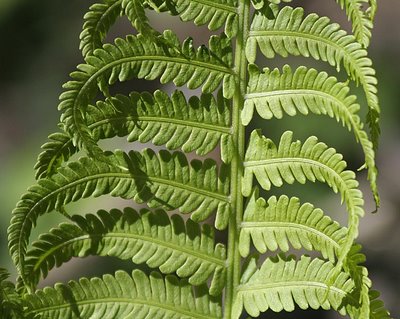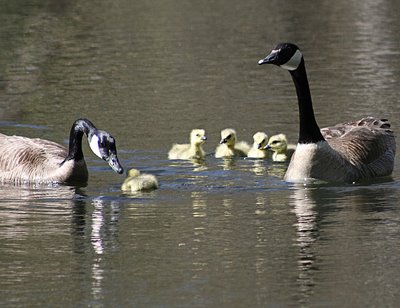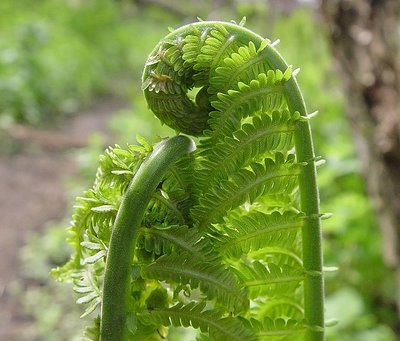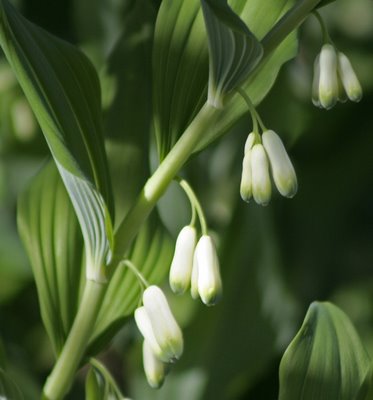
For the last few centuries, as religion has faded in importance among educated people, science and art has ascended. The benefits of science are more obvious - but art?
Art has been perceived as being a valuable resource to improve the quality of life and to impart moral values once the province of religion - hence the subsidies given to galleries, orchestras, etc.
People will argue ad nauseum about which art/artists should receive these funds - that is, what is good valuable art - is it Dead European White Men or world beat or what the majority say is good or what the educated crtitics say or...
For me, although I enjoy all forms of art (OK well maybe not too much TV or gansta rap), art's real value lies in its making. I find my life is more improved by doing art rather than viewing it. Playing music with friends is the goal not the means towards a further goal. It has taught me how to listen, how to relate to others. Making photographs has taught me how to see and encouraged my interest in learning more about people and nature.
Art is a way of knowing, a way of living, a process not a project.
Although it makes me happy that others appreciate my creations I don't do it because I think that will make me happy or because I think they will be better for having seen or heard it. I do it because it is my way of improving myself and my connections with others.
Where is this going?
I believe we need to encourage all people to do more art. More doing, not viewing.
When resouces are limited I would favour putting them into teaching children how to do art rather than pay for a trip to a gallery.
Evergreen Inside Bark, Guelph Radial Trail































